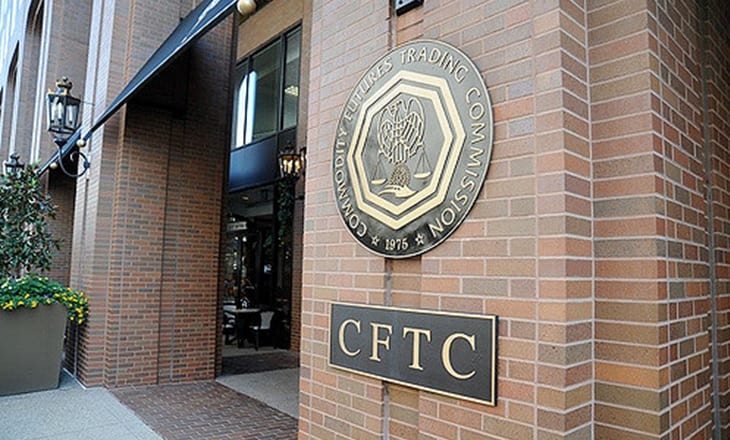Staff of the U.S. Commodity Futures Trading Commission (CFTC) today issued a report detailing the results of an evaluation of settlement liquidity at clearinghouses. The purpose of the analysis was to assess the impact of a hypothetical extreme but plausible market scenario on the ability of three clearinghouses to meet their settlement obligations on time. It is the second systemic stress testing report issued by CFTC, following its Supervisory Stress Test of Clearinghouses published in November 2016.
The analysis included CME Clearing, ICE Clear U.S., and LCH, Ltd. It encompassed cleared futures and options, and interest rate swaps. It assumed the default of the same two systemically important clearing members at each clearinghouse. Both the house accounts and customer accounts of these clearing members were analyzed. It used actual positions and collateral as of August 16, 2017.
CFTC staff designed and performed the stress test internally. Staff provided the clearinghouses an opportunity to comment on the results. Each clearinghouse provided an analysis of how it would generate sufficient liquidity to meet variation margin needs. Staff contacted at least one liquidity provider listed by each clearinghouse.
The following are the key findings:
- All of the clearinghouses demonstrated the ability to generate sufficient liquidity to fulfill settlement obligations on time.
- The clearinghouses generated funds in a number of ways. The range of methods included: (i) using cash received from maturing reverse-repurchase agreements, (ii) selling collateral, (iii) accessing cash balances at a commercial bank, (iv) accessing cash balances at a central bank, (v) converting one currency to another, and (vi) entering into repurchase agreements. The three clearinghouses used different combinations of these methods.
- In instances where multiple DCOs used the same methodology or the same firm to meet liquidity demands, staff concluded that the cumulative size of liquidity requirements in this scenario would not impair the ability of each clearinghouse to meet its settlement obligations.
The analysis does not draw conclusions as to whether individual clearinghouses meet regulatory requirements for liquidity. It also does not imply any new standards for clearinghouse liquidity. It does not address types of liquidity other than the ability to meet settlement obligations. Thus, it doesn’t address the capacity of derivatives markets to handle large trades if a clearinghouse needed to liquidate positions. Future exercises will address these and other types of risks.
Supervisory stress tests are just one element of the CFTC’s program of oversight of clearinghouses. Staff performs daily risk surveillance of individual clearinghouses, clearing members, and large market participants. Staff performs periodic compliance exams of clearinghouses. Staff reviews clearinghouse rules, including rules relating to margin and risk management procedures, for compliance with statutory requirements. Staff also develops and implements regulatory standards for clearinghouses and their members. CFTC staff also participates in or leads several domestic and international regulatory initiatives related to clearinghouse strength and stability.
